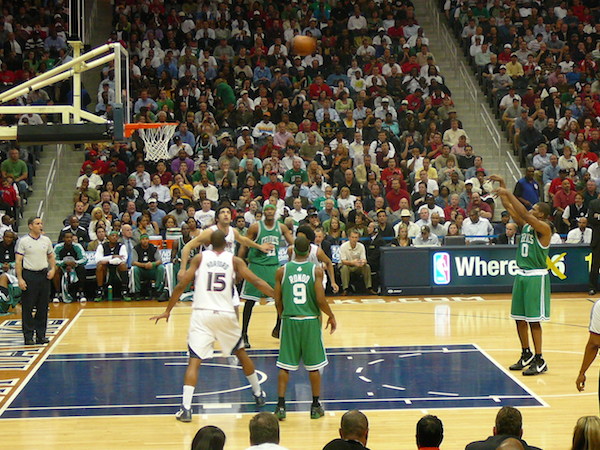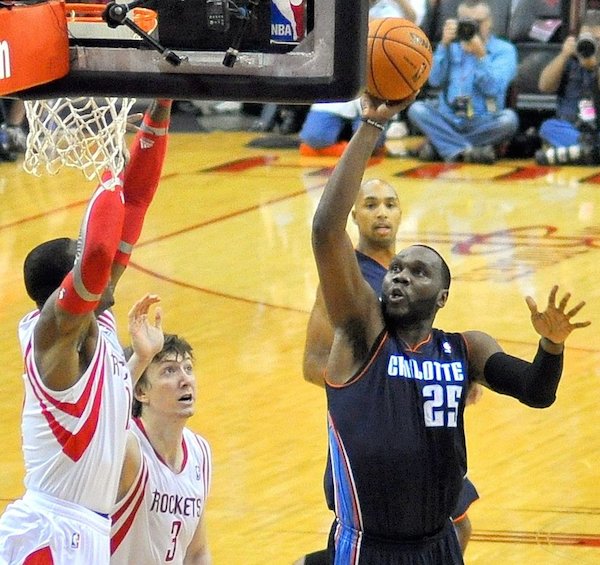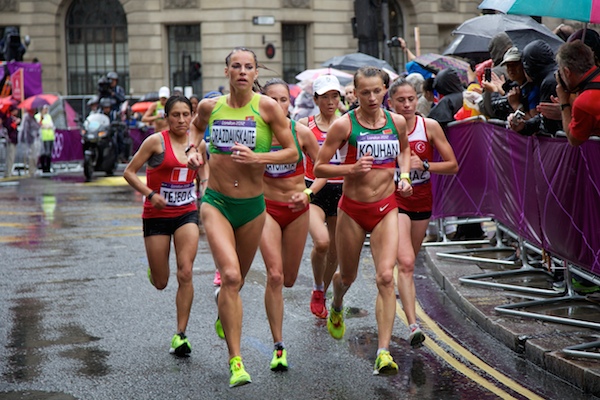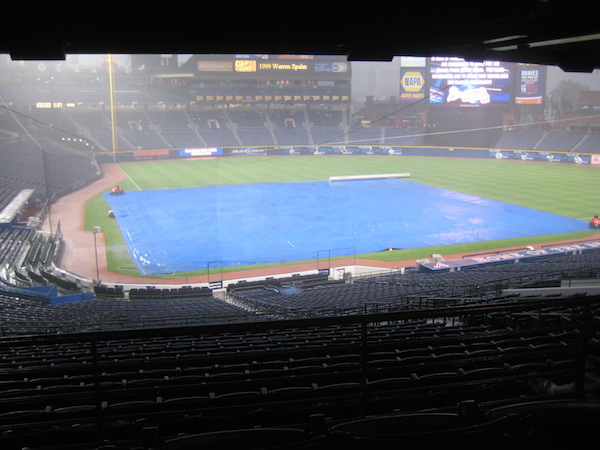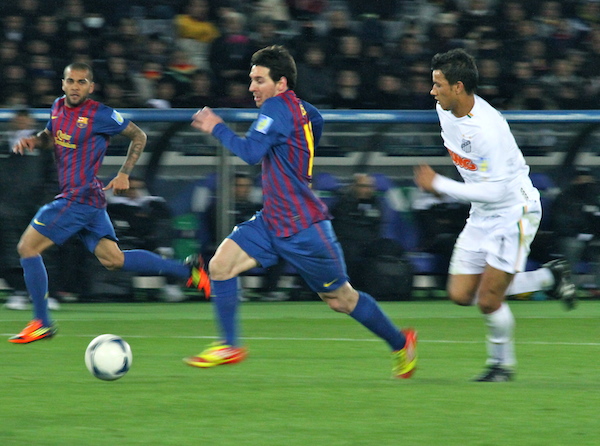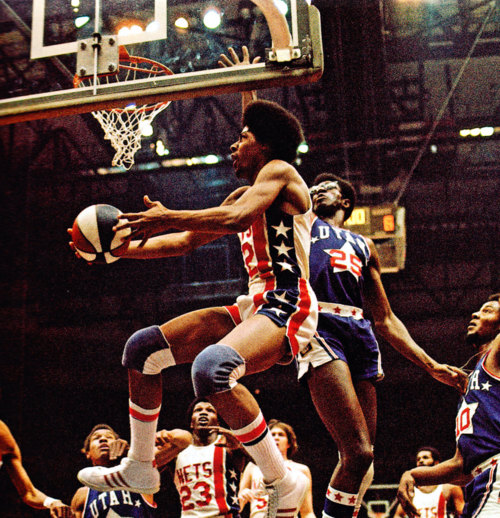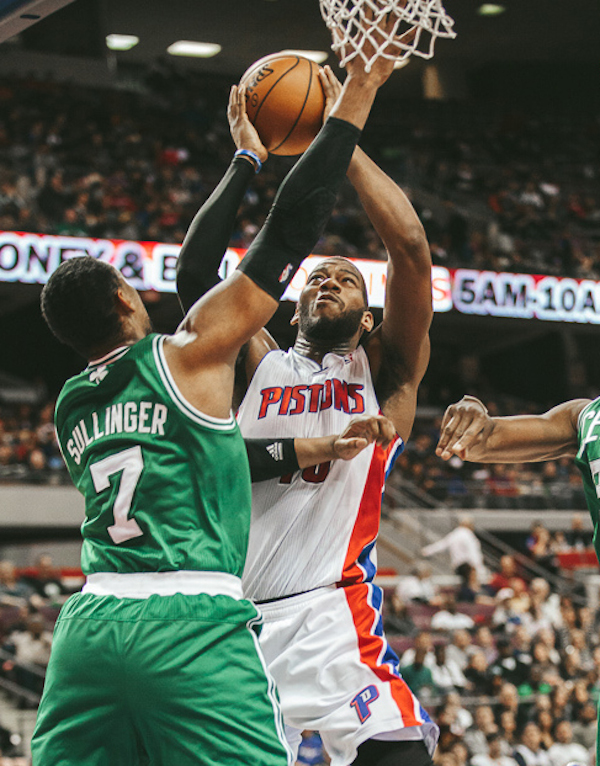Dear Sports Fan,
Why do football fans get so excited about the NFL draft? The television ratings for it are always incredibly high but as far as I can tell, it’s just people talking in an auditorium. What gives?
Thanks,
Gabriel
Dear Gabriel,
Excitement over the National Football League draft is one of those elements of sports fandom that needlessly alienates people who aren’t sports fans. You’re absolutely right that watching the NFL draft seems totally crazy to non-sports fans. It is, as you say, “just people talking in an auditorium.” Yet for the more than 32 million sports fans who watch it, it’s one of the most exciting nights of the year, even if this year’s enthusiasm should be dampened by the first pick almost definitely being a rapist. The best way to understand the draft is as the ultimate piece of crossover fiction.
Here’s a topical analogy that might help explain the NFL draft phenomenon. The second Avengers movie, Avengers: Age of Ultron is coming out on Friday and it’s likely to be a blockbuster hit. I personally know lots of people who have already purchased tickets and made plans to get to the theater early so they can be sure of getting good seats. The Avengers is a team of superheroes that includes characters like the Iron Man, Thor, Captain America, and the Hulk. Each of these characters has their own comic books and movies and in fact, they existed before the Avengers. Fans follow along with these characters individually. Part of what makes the Avengers movies so exciting is the coming together of these well known characters. How will they interact? Will they fit together well or will there be infighting? Who will take a leadership role? Who will fall back from their normal position in the spotlight to become a supporting character?
This is almost exactly the same thing that fascinates football fans about the draft. College football is an incredibly popular drama in its own right and its characters are well known to sports fans. The NFL draft is the moment when these characters get scrambled up and cross over to become a part of another, even more popular drama, the NFL. This sparks the same type of speculation and questioning as the coming together of the Avengers. How will a star college football player fit into his new NFL team? Will he become the new leader or learn to take a back seat? How will he interact on the field and off with the already established characters on that NFL team? In the highly competitive universe of NFL teams, will the addition of a new super hero tip the balance in favor of their new team?
If you’re not an Avengers fan, there are lots of other examples of the allure that this type of scrambling or crossing over in popular culture. The incredibly popular book and movie 50 Shades of Grey began as fan fiction built on top of (no pun intended) the world of Twilight. The excellent 1995 bank robbery movie, Heat
, was much anticipated because it finally brought the actors Al Pacino and Robert Dinero, who had played father and son in The Godfather Part II
(in different eras) together in a single scene. And of course, there are lots of examples of television show crossovers that people love or love to hate, the appearance of George Clooney and Noah Wylie on Friends chief among them. Even when or especially when the crossover never actually happens, the idea of a crossover is obsessively interesting. My own nerdy detective novel favorites are the theory that Rex Stout’s detective Nero Wolfe may have been the son of Sherlock Holmes or perhaps his brother Mycroft. I am sure there is an example in nearly every fictional world. What would happen if the Stringer Bell met Tony Soprano? What if Olivia Pope took Frank Underwood as a client? What if the Dunphys were transplanted into the post-apocalyptic world of The Walking Dead?
Just like fantasy football is a nerdy statistical role playing game disguised as sports, the NFL draft is a combination of crossover fiction, fan fiction, and super-hero team comic books surrounded by a sportsy shell. We might not all be into the exterior shell but we can all understand the appeal of what’s within.
Thanks for your question,
Ezra Fischer



